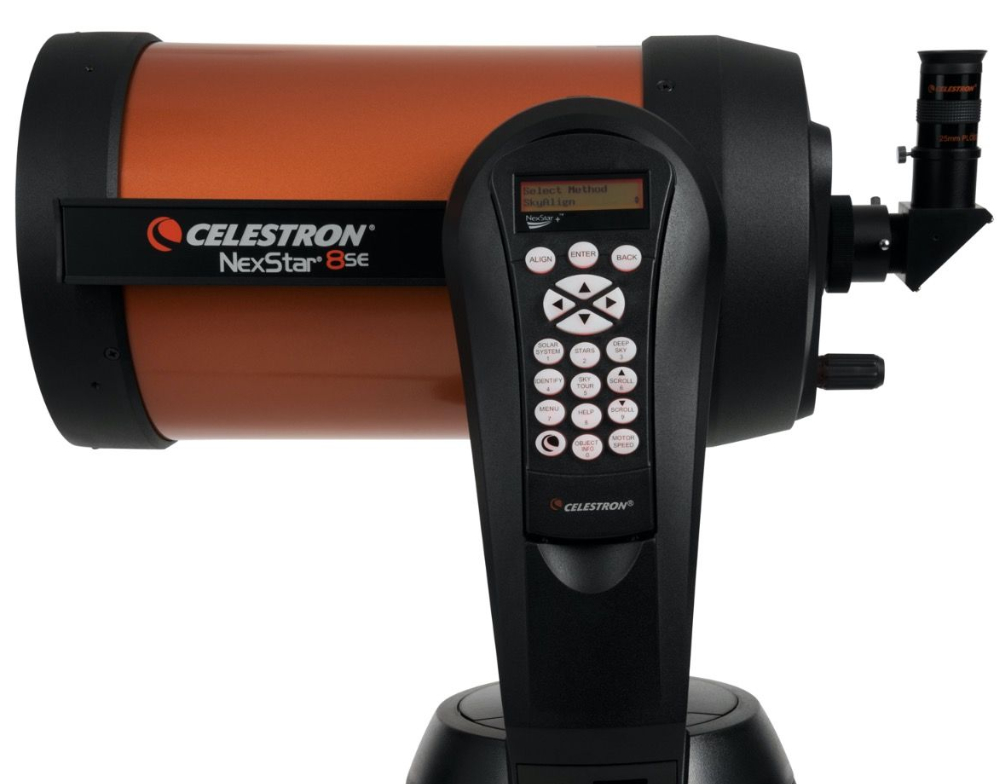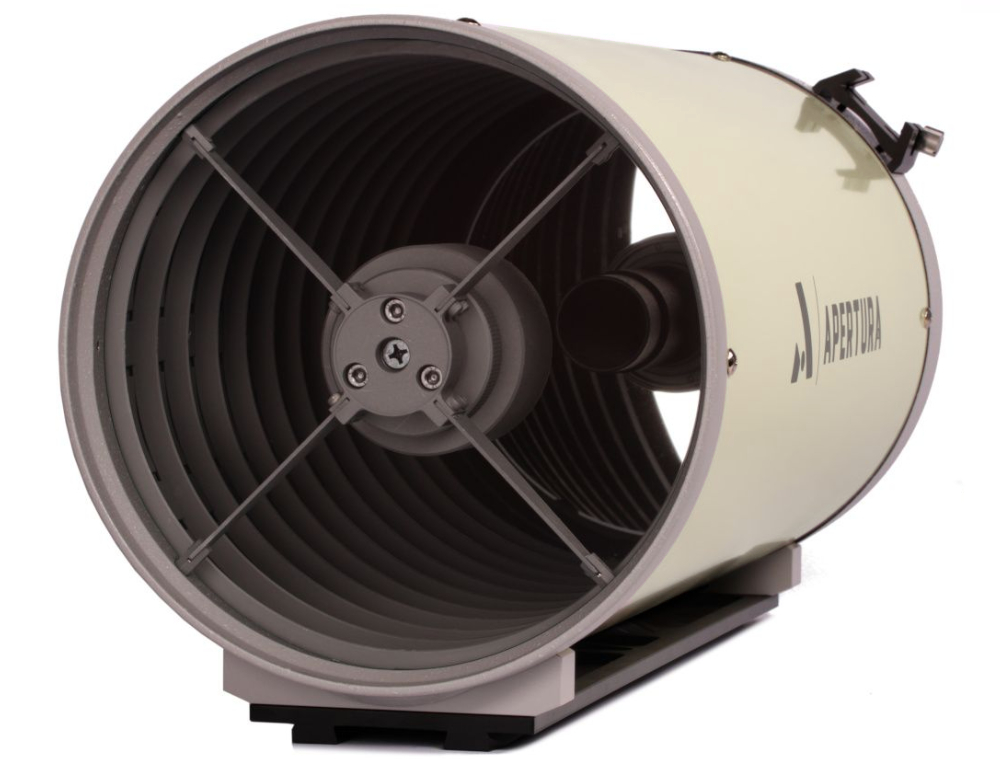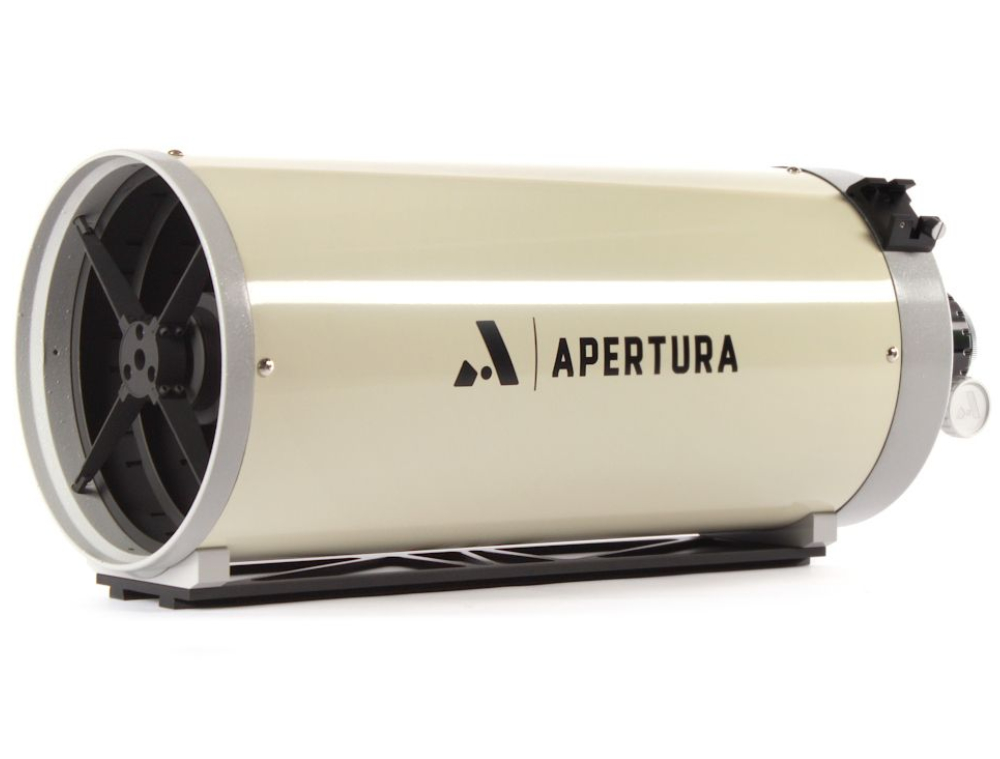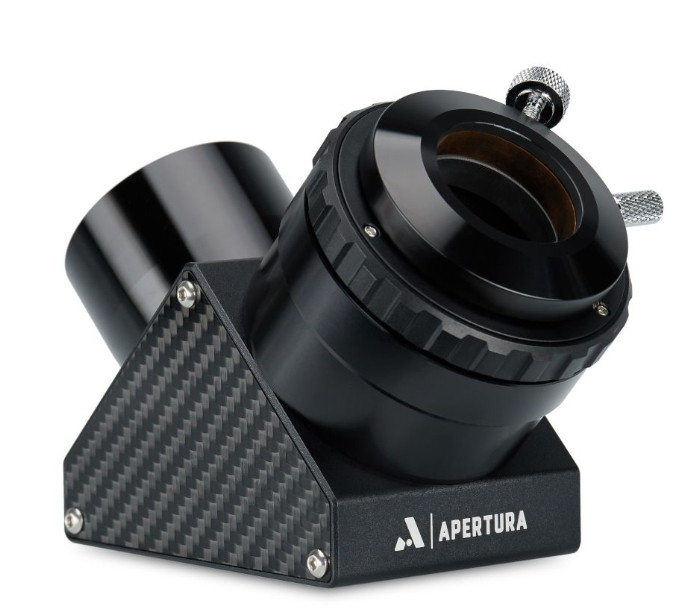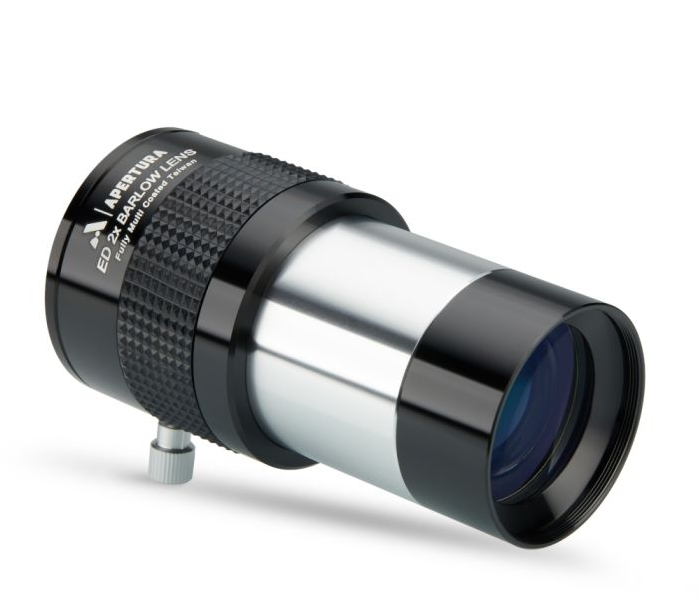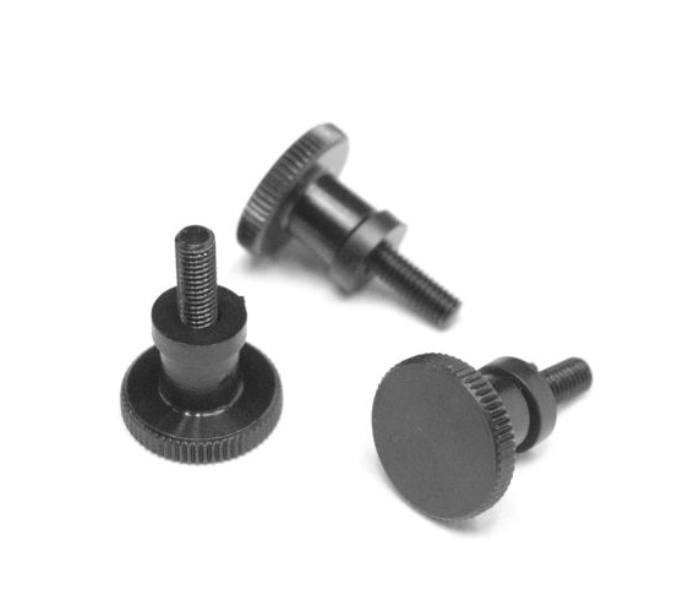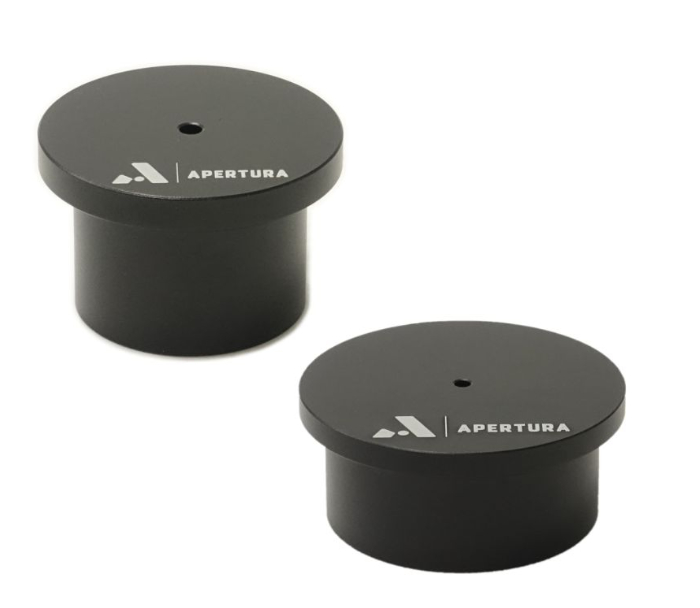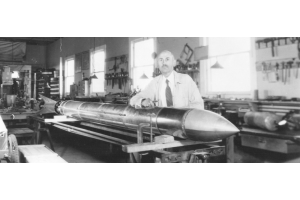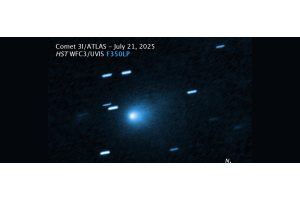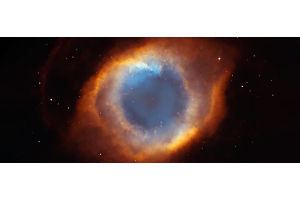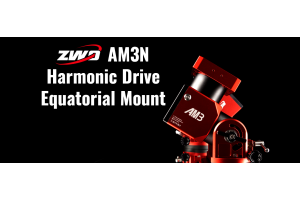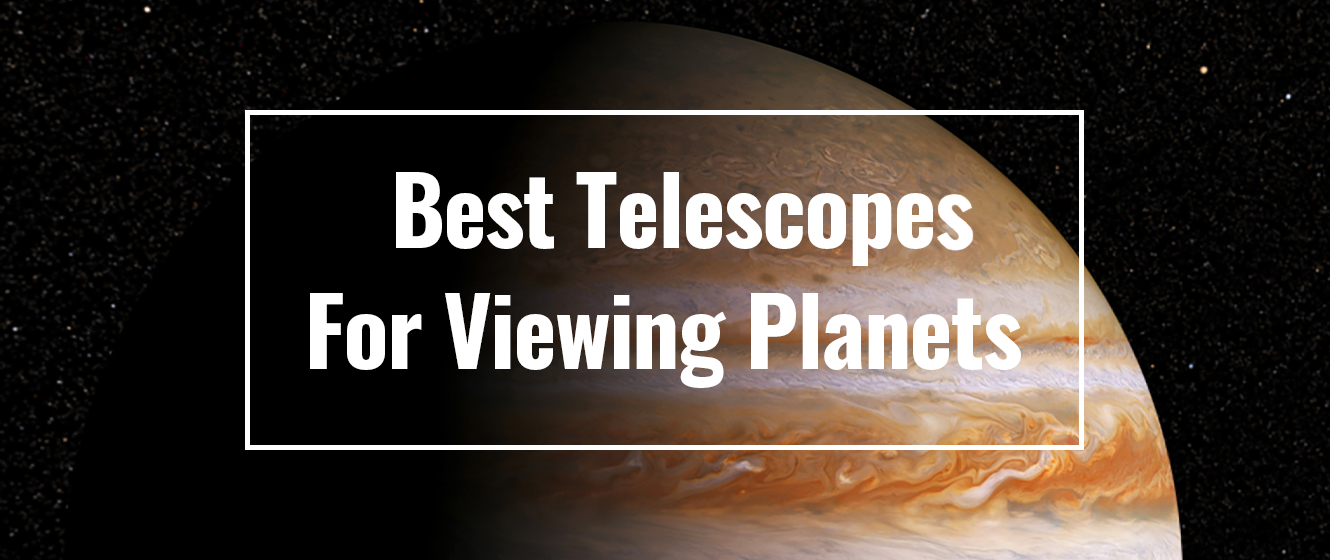
The Best Telescopes For Viewing Planets in 2024
There is nothing quite like peering through a telescope and observing the stunning display that is the planets. Whether you’re viewing the beauty of Saturn’s rings, the intricate cloud bands and swirling storms of Jupiter, or the beauty of the Red Planet, Mars, this experience is nothing short of awe-inspiring. Having the right telescope at hand is key to maximizing your viewing experience, which is why our team of gear experts have crafted this article to showcase our top picks for the best telescopes for planetary viewing!
The best telescope for viewing planets is one that has:
- A large aperture for ample light collection
- A long focal length for increased magnification
- A Cassegrain optical design which provides sharp views, ease of use, and little to no maintenance
Celestron NexStar 8SE
Checking all of these boxes is none other than the widely popular Celestron NexStar 8SE! Featuring a large 8” of aperture, this premium telescope delivers highly detailed views on our solar system neighbors. When peering through the eyepiece, be amazed by the level of detail presented, from the Great Red Spot on Jupiter to the Cassini Division within Saturn’s rings. Maximizing this large aperture, this powerful Schmidt-Cassegrain is equipped with the patented Starbright XLT coatings from Celestron, reducing stray light and providing sharp, high contrast views.
The long 2032 mm focal length is perfect for viewing the planets, providing detailed and up close views. As opposed to Newtonian telescopes that feature a large secondary mirror, the NexStar 8SE includes a smaller secondary obstruction to optimize the 8” aperture. This results in the highest detail possible for an 8” system! In addition to its premier performance, the optics hold collimation quite well, requiring less frequent adjustments than a Newtonian may need. With the intuitive and powerful computerized NexStar fork-arm mount, slewing to the planets is proven effortless. No matter if you’re an advanced visual observer or a beginner looking to be fascinated by our solar system wonders, the impressive optics and ease of use provided by the Celestron NexStar 8SE has you set up for success!
Be sure to explore our collection of videos featuring the Celestron NexStar 8SE, including an in depth setup tutorial, a guide on how to image the planets, as well as a planetary processing walkthrough!
Apertura Classical Cassegrains
Apertura 6" Classical Cassegrain Telescope -
Apertura 8" Classical Cassegrain Telescope -
Our next picks for the best telescopes for planetary viewing are the Apertura Classical Cassegrains—a modern approach to a timeless design. These telescopes blend the already excellent Classical Cassegrain optical structure with cutting-edge enhancements to deliver a viewing experience unlike any other.
With the goal of maximizing the full potential of these telescopes’ light gathering power, these Apertura Classical Cassegrains house numerous advancements. For one, the parabolic primary mirror and hyperbolic secondary mirror fully correct for spherical aberration, provide a well illuminated field, and present no chromatic aberration. Also, these telescopes offer substantial coma correction for astrophotography applications, with most setups not requiring a coma corrector at all! In addition to this outstanding optical design, the Apertura Classical Cassegrains feature knife-edge baffles along the length of the interior, reducing stay light and maximizing contrast. Unlike the subpar baffle sizes used within other telescopes, resulting in a decrease in light gathering power, the baffles featured within these Classical Cassegrains are optimized for their aperture sizes. This results in enhanced brightness and clarity within your eyepiece.
Unlike the Celestron NexStar 8SE, these Apertura Classical Cassegrains are offered as an OTA only, and do not come included with a mount. We recommend pairing these exceptional telescopes with the Celestron AVX Equatorial Mount. This highly capable mount is easy to use, is wonderful for visual observing, and unlocks exciting possibilities for astrophotography!
Maximize Your Planetary Viewing with These Accessories!
To help you get the most out of your planetary viewing sessions, we have curated a list of the best accessories designed to provide enhanced views, user-experience, and convenience! Designed by Apertura, an industry leader in high quality astronomy innovations, these accessories ensure ultimate performance and reliability. Whether you’re looking to expand your focal power or are in need of collimation tools, Apertura has you covered!
- Apertura 2" Twist Lock Carbon Dielectric Diagonal - When observing the night sky, the addition of a star diagonal greatly enhances your nights under the stars by reducing neck strain and providing a more comfortable viewing experience. This handy accessory provides an incredible 99% reflectivity thanks to the excellent craftsmanship from Apertura, while also including a non-marring twist-lock mechanism to securely hold your eyepieces in place. While the Celestron NexStar 8SE already comes standard with a star diagonal, we highly recommend the SCT version of this Apertura accessory, as it offers the opportunity to utilize 2” eyepieces and Barlow lenses such as the Apertura 2x ED Barlow 2" Lens listed below.
- Apertura 2x ED Barlow 2" Lens - When it comes to planetary viewing, high magnification is key, which is why we strongly recommend adding the Apertura 2x ED Barlow - 2” to your arsenal of visual accessories! This superior-grade Barlow lens houses two fully-multicoated ED glass elements, providing exceptional color correction and clarity within your eyepiece. Thanks to the excellent design from Apertura, you can enjoy crisp, up-close views of our neighboring planets.
- Apertura SCT Collimation Knobs - Schmidt-Cassegrain telescopes seldom require collimation thanks to their exceptional stability. Though, if you’re looking to streamline this process, installation of the SCT Collimation Knobs from Apertura are a great solution! These knobs replace the factory-supplied Phillips screws found on your Celestron NexStar 8SE, allowing you to make quick, easy adjustments to your collimation without the need for additional tools.
- Apertura Collimation Cap - Another collimation aid, the Apertura Collimation Caps provide a simple, yet highly effective method of aligning your mirrors. This tool sits within your focuser and assists you with determining ideal mirror orientation, and is available in both 1.25” and 2” sizes! Machined from solid 6061 aluminum, these Apertura Collimation Caps are built for long lasting performance.
Planetary viewing is without a doubt one of the most awe-inspiring experiences, and having the right telescope for your visual sessions can make all the difference. With either the Celestron NexStar 8SE or the Apertura Classical Cassegrains, you’re well equipped for unforgettable nights under the stars. Start your planetary exploration journey by ordering yours today!
Click the arrow above to see MLA, APA, and Chicago Manual of Style citations.
MLA:
High Point Scientific Team. "The Best Telescopes for Viewing Planets," AstronomyHub, High Point Scientific, 6 Dec. 2024, https://www.highpointscientific.com/astronomy-hub/post/best-telescopes-and-accessories/best-telescope-for-viewing-planets.
APA:
High Point Scientific Team. (2024, December 6). The best telescopes for viewing planets. High Point Scientific. https://www.highpointscientific.com/astronomy-hub/post/best-telescopes-and-accessories/best-telescope-for-viewing-planets
Chicago Manual of Style:
Bibliography:
High Point Scientific Team. "The Best Telescopes for Viewing Planets," AstronomyHub (blog), High Point Scientific, December 6, 2024. https://www.highpointscientific.com/astronomy-hub/post/best-telescopes-and-accessories/best-telescope-for-viewing-planets.
Footnote:
High Point Scientific Team, "The Best Telescopes for Viewing Planets," AstronomyHub, High Point Scientific, December 6, 2024. https://www.highpointscientific.com/astronomy-hub/post/best-telescopes-and-accessories/best-telescope-for-viewing-planets.

Learn More
Interested in learning more about which telescope is right for you? Not sure where to begin? Check out our Astronomy Hub to learn more!
This Article was Originally Posted on April 10, 2023
This Article was Last Updated on 08/26/2025





